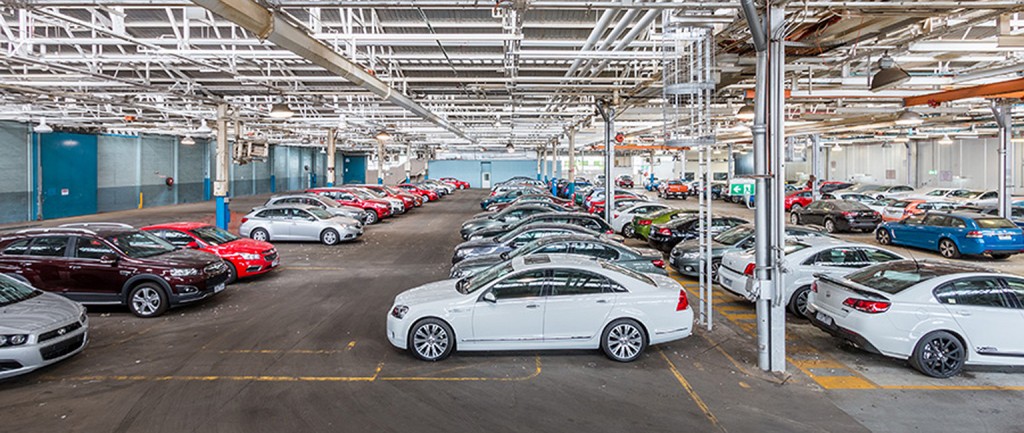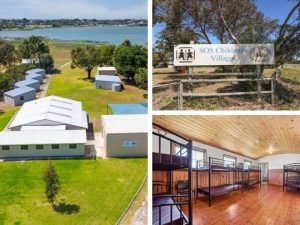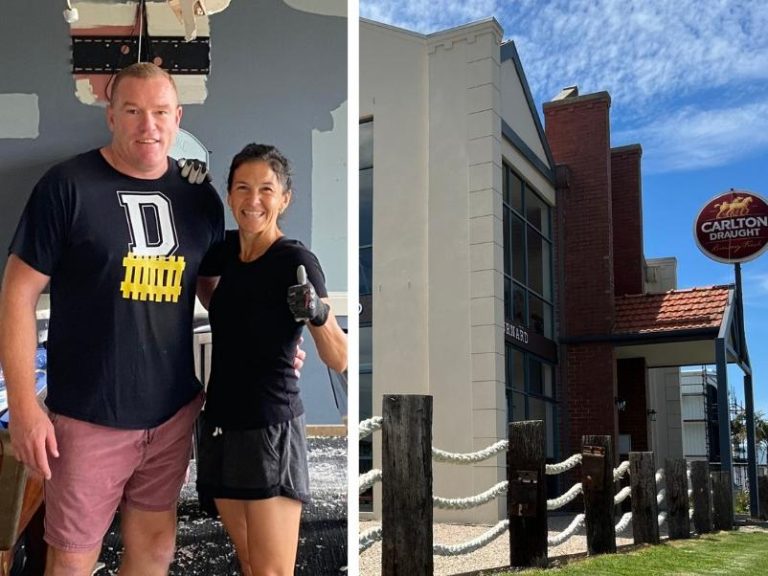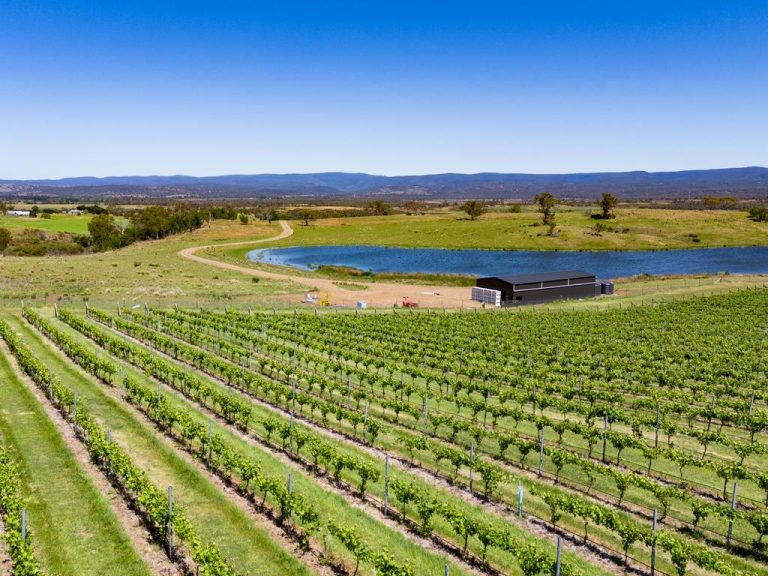South Australian market plays long game

The death of Adelaide’s automotive manufacturing industry isn’t the tale of doom and gloom that some would have you believe, CBRE analysts say.
On the day that the Federal opposition announced a $59 million plan to save car industry jobs once the city’s Holden factory closes in 2017, CBRE head of research Stephen McNabb says the South Australian economy has been preparing itself for this moment for decades.
“Every time we talk about South Australia, we hear about manufacturing and car manufacturing and their demise being the end of the world,” McNabb says in an address at an Adelaide Market Outlook event.
“Over the past 15 years, the manufacturing sector has shrunk by over 18% in South Australia, but the decline in car manufacturing has been in decline since about 2003 as well.”
The important story for South Australia is that the economy is continuing to grow
Last year only 167,000 cars were manufactured in Australia, down from 400,000 just 13 years ago.
But McNabb says the industry has continued to endure, and found other ways to repurpose its assets.
“The worst of the decline in car manufacturing has already hit the Australian market. The important story for South Australia is that the economy is continuing to grow,” he says.
“It is now about 40% bigger than it was in 2000, and transport and storage is 40% bigger than what it was, which highlights it as being the key driver of the industrial market in South Australia.”
Logistics moves into focus
CBRE senior director of transport and logistics David Reid backs that assertion, with an identified increase in demand for logistics facilities.
“Manufacturing only represents 8% of South Australia’s total economy, so this isn’t the end of the world for the state’s industrial market – we’re in a state of transition as opposed to a downturn,” he says.
“Where we are seeing growth stem from is that transport and logistics space, with growing enquiry for assets in that 5000sqm to 20,000sqm range.”

An industrial facility at 103-109 West Ave, Edinburgh, is one of eight Propertlink bought from Charter Hall.
Second option but not second-rate
With foreign investors acquiring commercial properties in Sydney and Melbourne at frenzied levels, CBRE associate director of capital markets and metropolitan investment properties Ben Heritage says Adelaide is becoming the go-to city for local investors who’ve been pushed out of the larger cities.
“What we’re seeing is a flow-on effect from the record volumes of foreign buyers entering the Melbourne and Sydney markets, with local and domestic investors turning their attention to Adelaide as they’re priced out of their own markets,” Heritage says.
Older industrial properties have proved particularly popular over the last 18 months, he says.
“The demand we’re seeing is focused on Churchill Rd in the inner-north, Mile End in the inner west and inner south suburbs such as Everard Park and Keswick, as well as Kent Town on the eastern side of the city.”
Small offices hit sweet spot
Offices smaller than 300sqm are in the crosshairs for companies seeking space, CBRE director of advisory and transaction services Andrew Bahr says.
A lack of quality stock and the growth of the health and IT sectors has made for a highly competitive office leasing environment, particularly in the city’s north-west, he says.
“Over the past 12 to 18 months, 70% of our tenant enquiry has been for smaller, premium offices in that sub-300sqm bracket.”
“These tenants are prepared to pay top prices for quality space, which presents significant opportunity for building owners willing to meet this demand.”
“We’re not seeing it quite yet, but once the new hospital moves across at the end of the year, there will be a number of occupiers looking to gain a presence in the precinct. That will only continue, with strong demand particularly from those in the service-based industries.”







